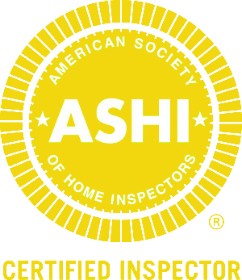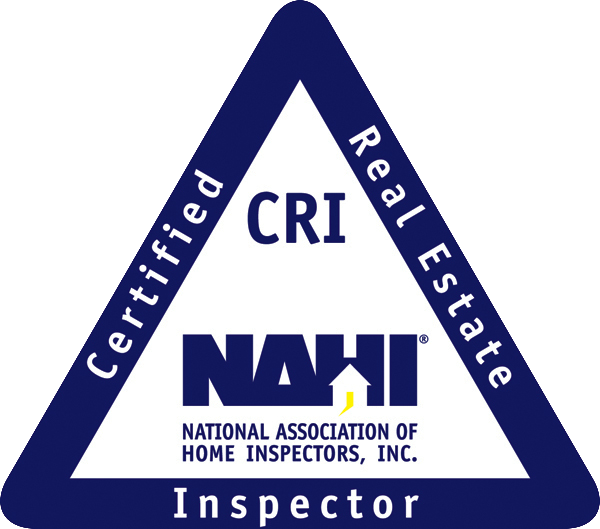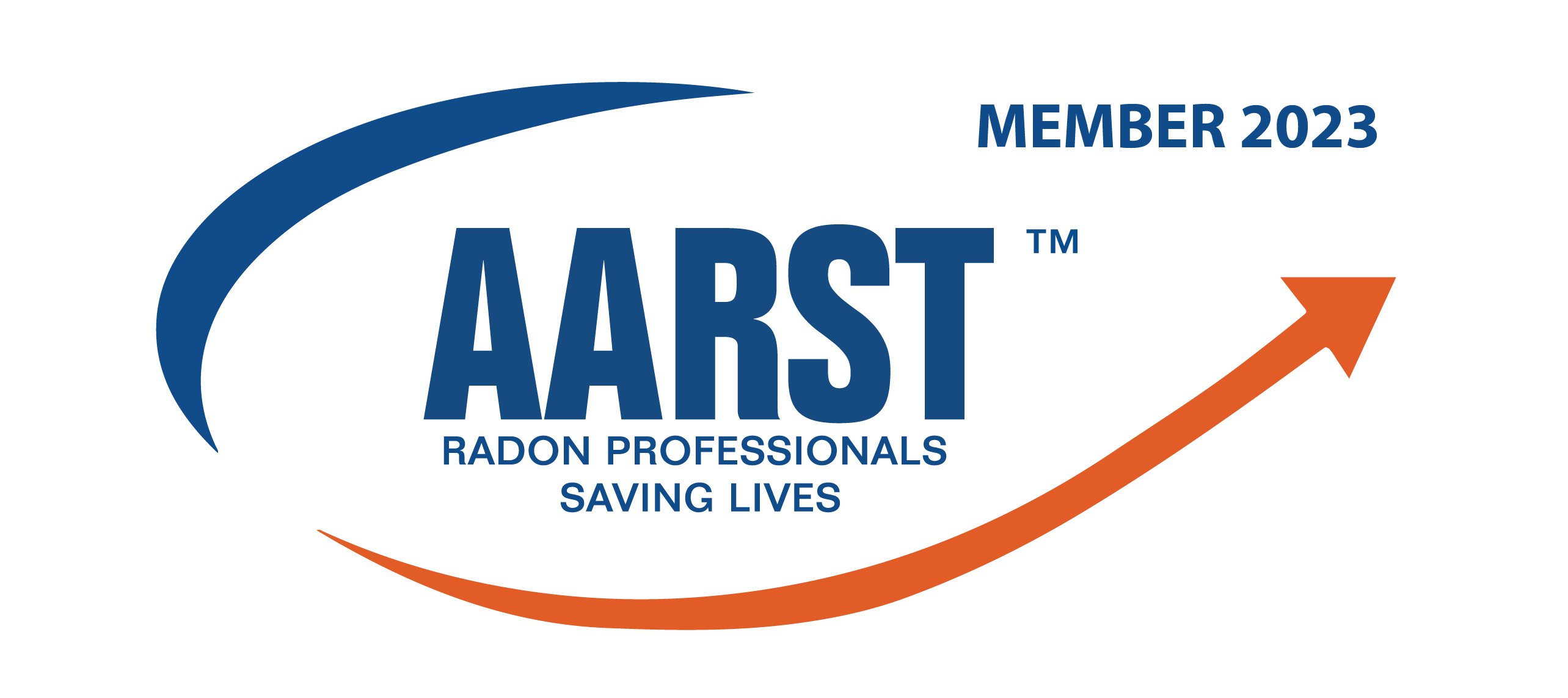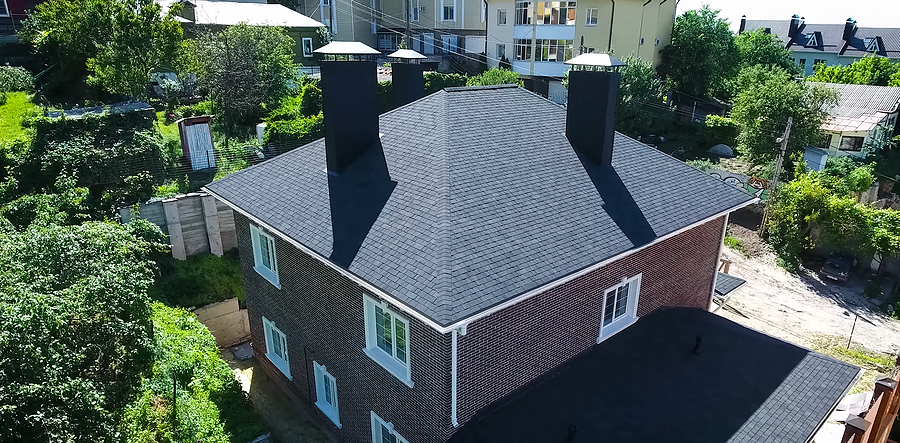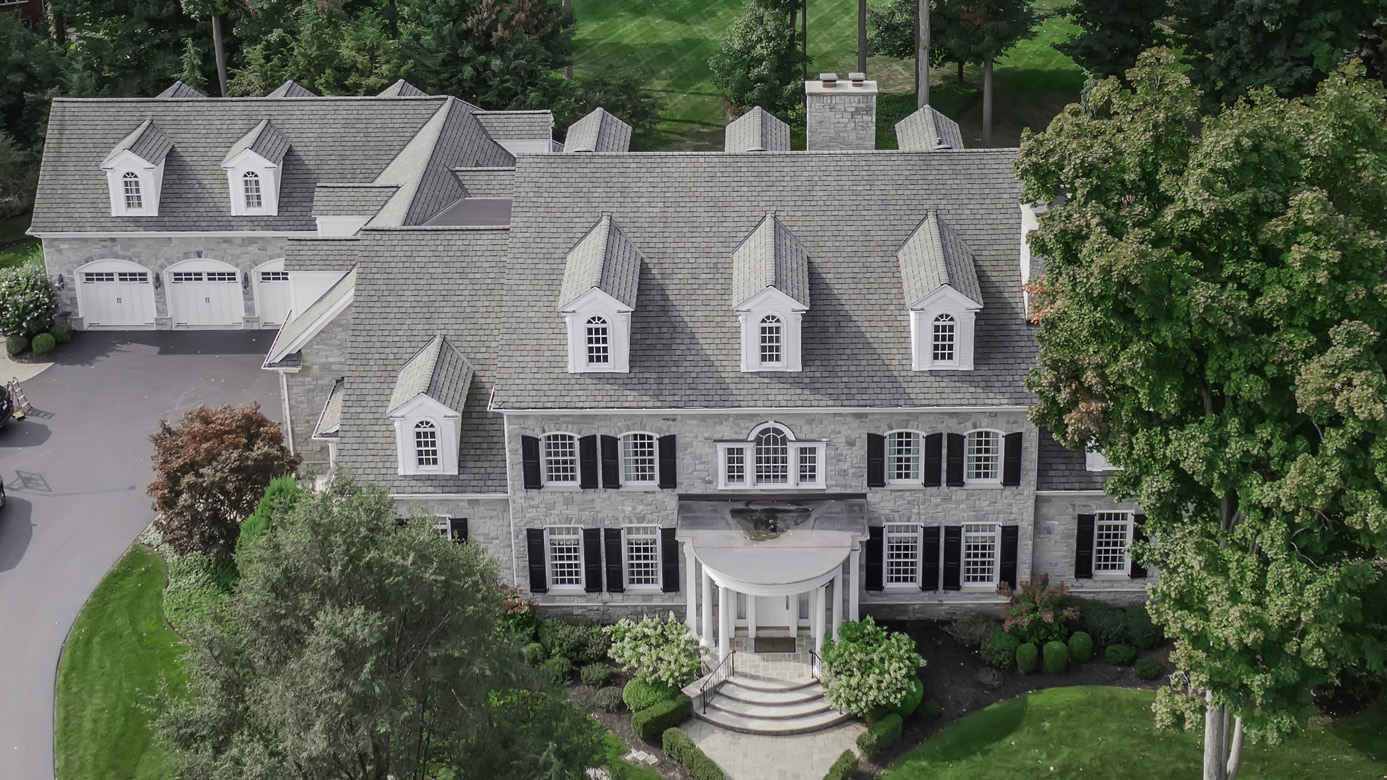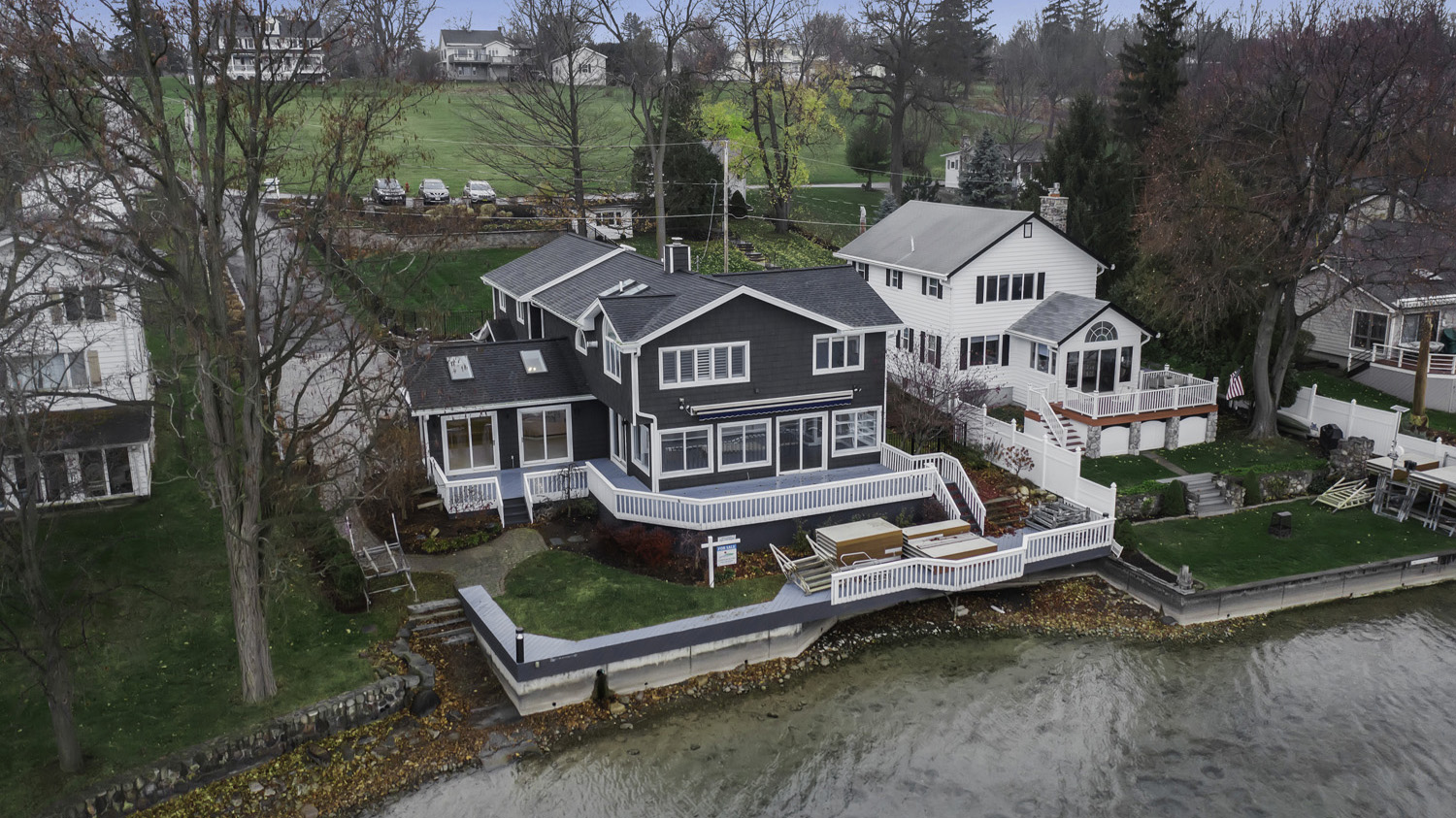The wrong roof can put the cap on indoor pollution
By Richard F. Pezzino
Ever wonder why we never heard about indoor pollution or mold contamination 20 or 30 years ago? You may think it’s because these things were not recognized, or didn’t get the media attention they get today – but it’s really because construction has changed so much in the last 50 years.
The houses many of us grew up in were built in the `50s or pre-`50s, with loose-fitting windows and little insulation. The result was we lived in drafty homes – but they did allow moisture to escape. With the advent of the energy-conscious `70s we buttoned up our construction, building well-insulated, weather-tight homes.
But it is not just energy conservation that has had an effect on today’s construction it’s also our lifestyle. Today’s homes have washers and dryers on the second floors, double ovens in kitchens, and increased entertaining and working at home. The typical family generates 2.5 gallons of moisture each day, and that moisture has to find a way to escape from the house.
If new homes are not correctly constructed with adequate ventilation, moisture-related problems are sure to arise. These factors should be accommodated early in the design phase of a house. Homes that are not ventilated properly can have problems ranging from poor indoor air quality to – one of Buffalo’s favorites – ice dams and leaky roofs.
The attic is key to good ventilation and a dry, healthy home. Warm air rises and moisture condenses and collects in the attic, plus temperatures there are typically far more extreme than those in other areas of the home. The exterior membrane of the attic has to protect the rest of the home from wind, rain, snow and ice coming in, yet it has to allow inside moisture to get out.
When heat collects in a poorly ventilated or insulated attic, it combines with the sun’s warmth to melt snow on the roof – even though temperatures may be freezing outside.
The melted snow then freezes again when it runs down to the gutters and soffits. The frozen water backs up under the shingles and behind the fascia board resulting in damage to exterior and interior walls. This moisture is what causes the mold, mildew and wood rot that results in unhealthy homes.
Attics built with the right systems such as ridge vents with external baffles, soffit vents, insulation and vapor barriers can handle moisture, resulting in a comfortable home that manages air flow and gives a healthy environment.
The slope of the roof is a critical factor in determining how efficiently moisture and snow will run off of it. Flat roofs – any roof with a slope of less than 2:12 -- are more prone to leaks and deterioration. In Buffalo, it’s advisable to change a flat roof to one that is sloped to allow for natural drainage.
Hip roofs are very popular these days, but require special design attention to ensure they function well. There should be a short ridge vent – about 35 to 40 percent of the venting -- and soffit vents on all sides. Power vents with humidistat and theremostat controls located at the upper portion of the roof, combined with adequate venting at the soffits will be helpful.
Unusual styles such as an “L” or “T” shaped roof, or even a cone or octagonal shape, call for vents across both the long and short ridges, plus, all attic areas should be open to each other. If there’s a difference in ridge heights, the vents should be placed at the highest ridge. Vents at lower levels may plug with snow, negating the effectiveness of the whole ridge-soffit vent configuration.
We don’t have to go back to the drafty designs of the `50s to stay healthy, but we do need to design attic spaces and roofs to accommodate our new construction- and life- styles.
Richard F. Pezzino is a Certified Home Inspector, a member of the National Association of Home Inspectors, National Radon Safety Board and has U.S.E.P.A. training in Lead Abatement and Lead Risk Assessment. His company, Accu-View Property Inspections, can be reached at 716-882-2200 or on the web at www.AccuviewInspections.com

